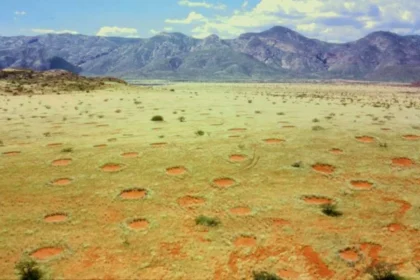Why don’t humans have a tail? This question was the basis for a study developed by NYU Langone Health and published in Nature this Wednesday (28). Researchers have identified the DNA mutation that caused our ancestors to lose their tails.
The tail can help animals with various situations, following different functions. It can communicate emotions and intentions (like the dog that wags its tail when it’s happy and puts it between its legs when it’s afraid).
The tail can also play a role in balance during movement, especially in situations such as running or jumping. But human beings do not have this help from nature.
Why don’t humans have a tail?
Here’s how scientists discovered why humans don’t have tails:
The Discovery of the TBXT Gene
Scientists found a special gene called TBXT in our DNA. Think of genes like instructions for building different parts of your body. The TBXT gene is like the instruction manual for the tail (or lack thereof) in humans and other animals.
The Role of Alu Elements
Within the TBXT gene, scientists found unique DNA sequences called Alu elements. Imagine Alu elements as special codes that can change how the TBXT gene works. These codes are found in humans and big primates (like gorillas) but not in monkeys.
Dark Matter of the Genome
These Alu elements are in parts of our DNA that don’t directly make proteins (the building blocks of our bodies). Instead, they are part of what scientists call the “dark matter” of the genome. This “dark matter” can still influence how our bodies are built by affecting how genes are read and used.
Cutting and Splicing
The RNA molecule, which comes from the TBXT gene, can be cut and spliced in different ways to make multiple proteins from the same gene. This process is kind of like editing a movie from the same footage to tell different stories.

The Final Result – No Tail
Humans have two versions of the protein made by the TBXT gene, thanks to the Alu elements’ editing. These versions work together to make sure we don’t grow tails. Mice, on the other hand, only make one version of the protein and can grow tails.
Is there a human with a tail?
Currently, traces of the tail in humans are found only as a small bone structure at the base of the spine: the famous coccyx.
It is scarce, but there are cases of some human beings who were born with some tail. In 2021, a Brazilian was born with a 12-centimeter tail and a sphere at the tip, described as an “alteration in the regression of the embryonic tail” since, as the fetus develops, the tail retracts, which did not happen in this case.
In 2022, in Mexico, there was also the case of a baby born with a 6-centimeter furry tail. Doctors performed removal surgery.
Thus, humans do not have a tail because of factors such as the genetic mutation highlighted by the study. We can see that this loss came from a change in the lifestyle and environment in which our ancestors lived.








